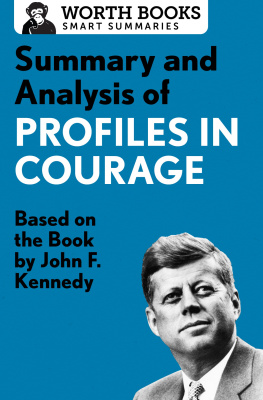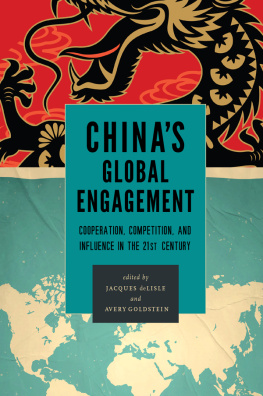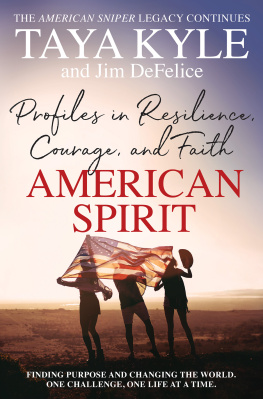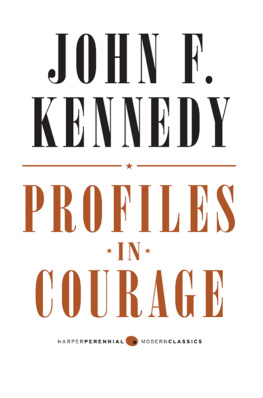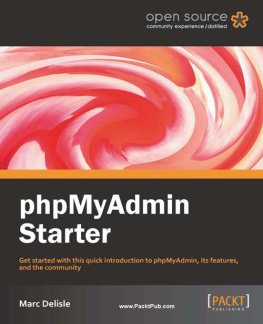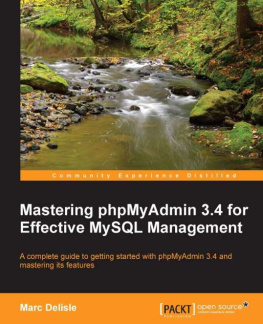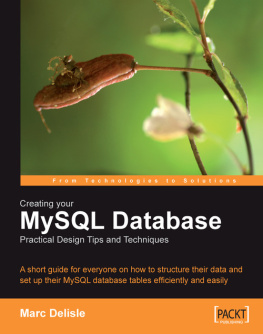Originally published in the Media Studies Journal, Spring/Summer 2000.
Published 2001 by Transaction Publishers
Published 2017 by Routledge
2 Park Square, Milton Park, Abingdon, Oxon 0X14 4RN
711 Third Avenue, New York, NY 10017, USA
Routledge is an imprint of the Taylor & Francis Group, an informa business
Copyright 2001 by Taylor & Francis.
Copyright 2000 by The Freedom Forum Media Studies Center and The Freedom Forum.
All rights reserved. No part of this book may be reprinted or reproduced or utilised in any form or by any electronic, mechanical, or other means, now known or hereafter invented, including photocopying and recording, or in any information storage or retrieval system, without permission in writing from the publishers.
Notice:
Product or corporate names may be trademarks or registered trademarks, and are used only for identification and explanation without intent to infringe.
Library of Congress Catalog Number: 00-066962
Library of Congress Cataloging-in-Publication Data
Profiles in journalistic courage / Robert Giles, Robert W. Snyder, Lisa DeLisle, editors.
p. cm.
Originally published in the Media studies journal, Spring/Summer 2000.
Includes bibliographical references and index.
ISBN 0-7658-0796-3 (pbk. : alk. paper)
1. Journalists Biography. 2. JournalismPolitical aspects. I. Giles, Robert H., 1933- II. Snyder, Robert W., 1955- III. DeLisle, Lisa. IV. Media studies journal.
PN4820.P76 2001
070.927dc21 00-066962
ISBN 13: 978-0-7658-0796-0 (pbk)
Contents
David Copeland
A professor of mass communication examines a venerable story and finds, in light of scholarship, a challenging conclusion: The trial of John Peter Zenger had little to do with freedom of the press in colonial America. It had much to do with political control and partisanship in New York.
Graham Russell Hodges
David Ruggles, an African-American printer in New York City during the 1830s, was the prototype for black activist journalists of his time, writes a historian. His career epitomized the fusion of professionalism and activism, so characteristic of later black journalists, that would propel him to the center of racial conflict.
Flix Gutirrez
Less than a decade after Los Angeles residents had seen the border between the United States and Mexico redrawn to leave them inside the United States, Californios had become strangers in their own land, writes a media analyst. They looked for guidance. Some found it in the words of Francisco P. Ramirez, teen-age editor of the first Spanish- language newspaper of Los Angeles, El Clamor Pblico (The Public Outcry).
Pamela Newkirk
On May 4, 1884, more than 70 years before Rosa Parks fueled the civil rights movement by refusing to give up her seat on a bus to a white man, 22-year-old Ida B. Wells spurned a segregated train car to sit in the ladies coach, writes a professor. After writing about her legal battle in a religious newsweekly, Wells would for another four decades use journalism as a weapon against the virulent racial bigotry sweeping the South.
Richard Whelan
From 1936 to 1954, Robert Capa photographed five wars and set the standard by which photojournalists are judged, his biographer writes. Of all the conflicts he covered it was his first, the Spanish Civil War, that established his defining characteristics: passionate commitment, readiness to take sides, a willingness to share the hardships of the people he photographed and an ability to reconcile great ideals with sympathy and respect for individuals.
Pierre Albert
The first publishers of underground sheets were journalists by chance, writes a French press historian. Political party militants, labor unionists, academics, members of the professions, students, writers, clergymen, lawyers and army officers switched to journalismand were surprised to discover how easy it was to express their indignation and enthusiasm in short columns, or to comment upon events that they heard about on the radio or in the regular papers.
Bernard L. Stein
Brannon Smith, an editor who supported the civil rights movement: Her nationwide fame has faded, her name is unfamiliar to a new generation of journalists, but her African-American readers in Holmes County remember her vividly to this day.
Hank Klibanoff
An African-American reporter who once ran from white racists and vowed never to run again was assigned to cover the Little Rock, Arkansas, integration crisis. The day would be as fateful for Wilson, an author writes, as it was for the nine Little Rock students and for the nation.
Alexander Stille
Letizia Battaglia began to photograph the Sicilian Mafia in 1974, long before it was popular, chic, convenient or particularly safe to do so, writes an author and authority on Italian organized crime. The powerful images she created gave faces and corporeal reality to and helped awaken public awareness of a phenomenon that was tragically ignored for decades to the detriment of Sicily and Italy as a whole.
Betty Rollin
An author, journalist and breast cancer survivor interviews two women, Matuschka and Ned Asta, who survived breast cancer and showed their scars to the camera.
Eric Newton and Mary Ann Hogan
The social geometry here is fundamental: smaller people, by definition, face bigger obstacles, argue two writers. And so, in the end, a fitting epigraph to the great-courage, small-places pantheon might be: the less power you have, the more courage you need.
Emma Gray
In Russia, too many journalists have found ways to make their peace with corruption and intimidation, a journalist and activist writes. They have been won over by the forces of fear, money and cynicism. The consequences of such behavior are dire for journalism itself and for the future of democracy in Russia.
Richard J. Meislin
A Timesman recalls how his colleagues struggle with AIDS changed The New York Times. For many of his colleagues it was the first time they had worked side by side withor even knew personallysomeone fighting AIDS, and the scorecard of the battle was frequently evident in his personal appearance, or his presence or absence.
Mark N. Trahant
Sometimes you have to publish stories that your bosses would prefer remain hidden away from view, writes a veteran of Native American newspapers. You have to regularly ask yourself what becomes the first question of native journalism: do you work for your readers or for those who are elected to govern a tribal nation?
Malachi ODoherty
One of the core ideas of working-class politics, a journalist from Belfast writes, promoted by both Loyalist and Republican paramilitaries, is the need for community cohesion and solidarity around the cause. The paramilitary organizations on both sides have tried to monopolize the expression of the areas they occupy. Contradict them and you are not just a traitor to a political cause, you are a defector from your own root community.





